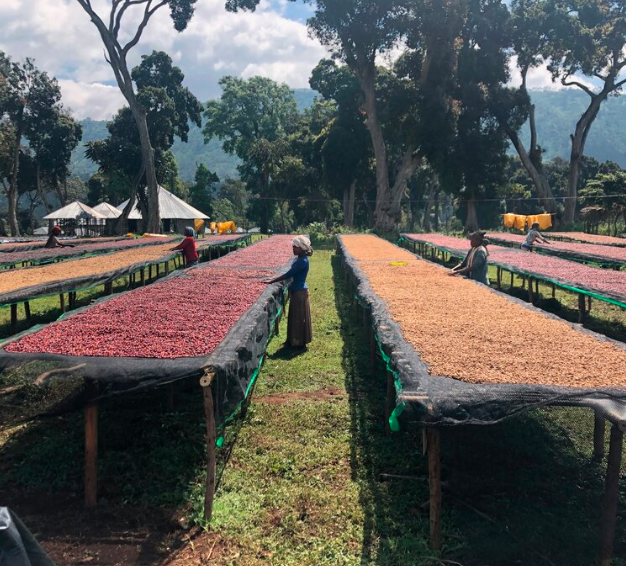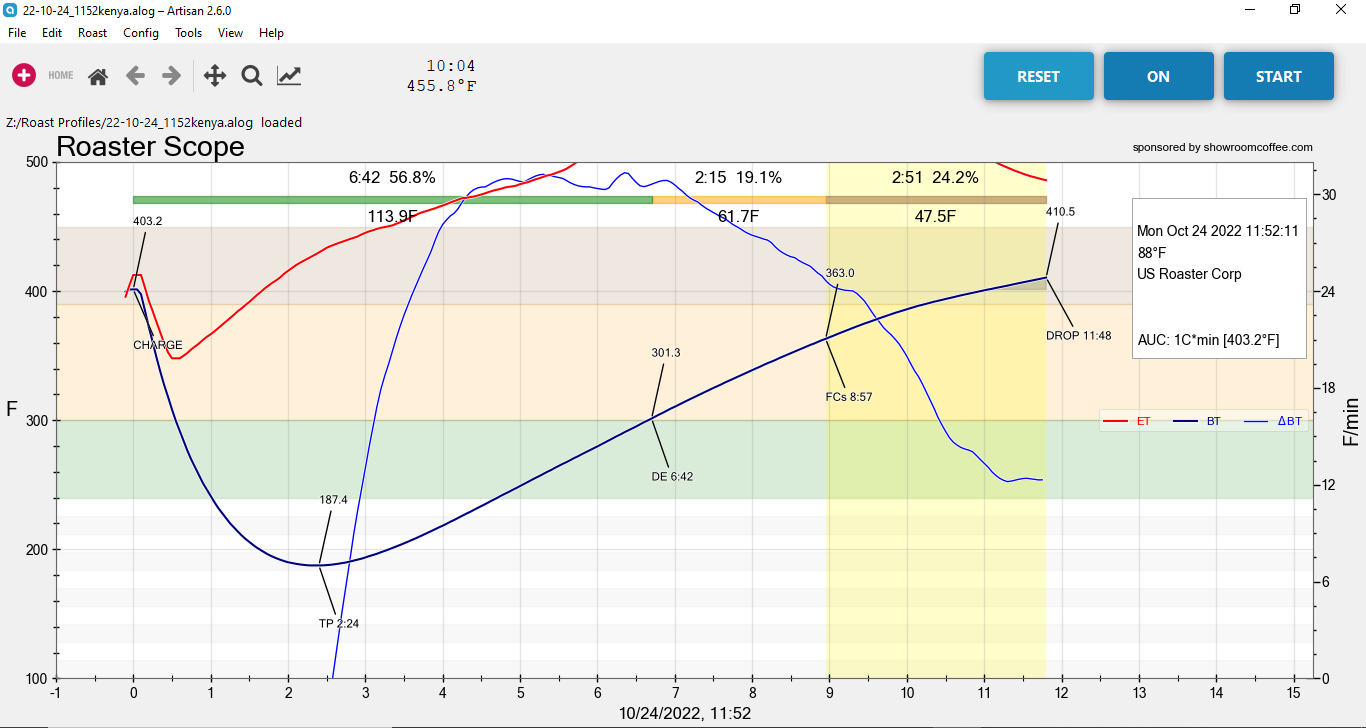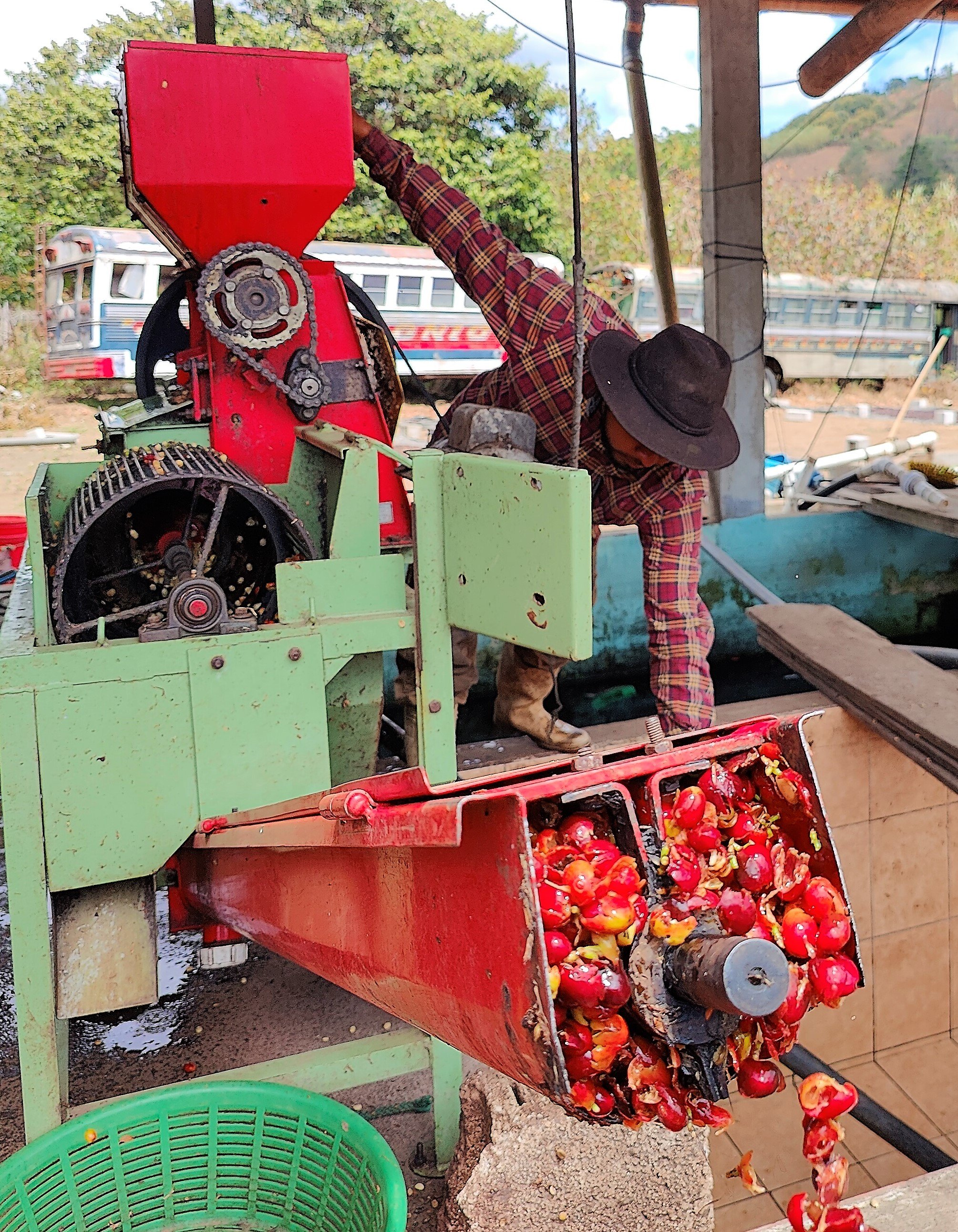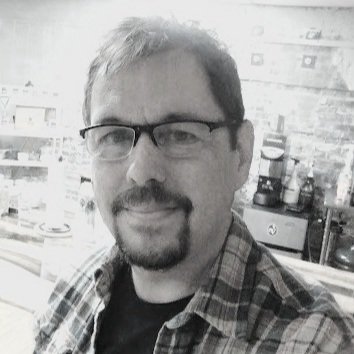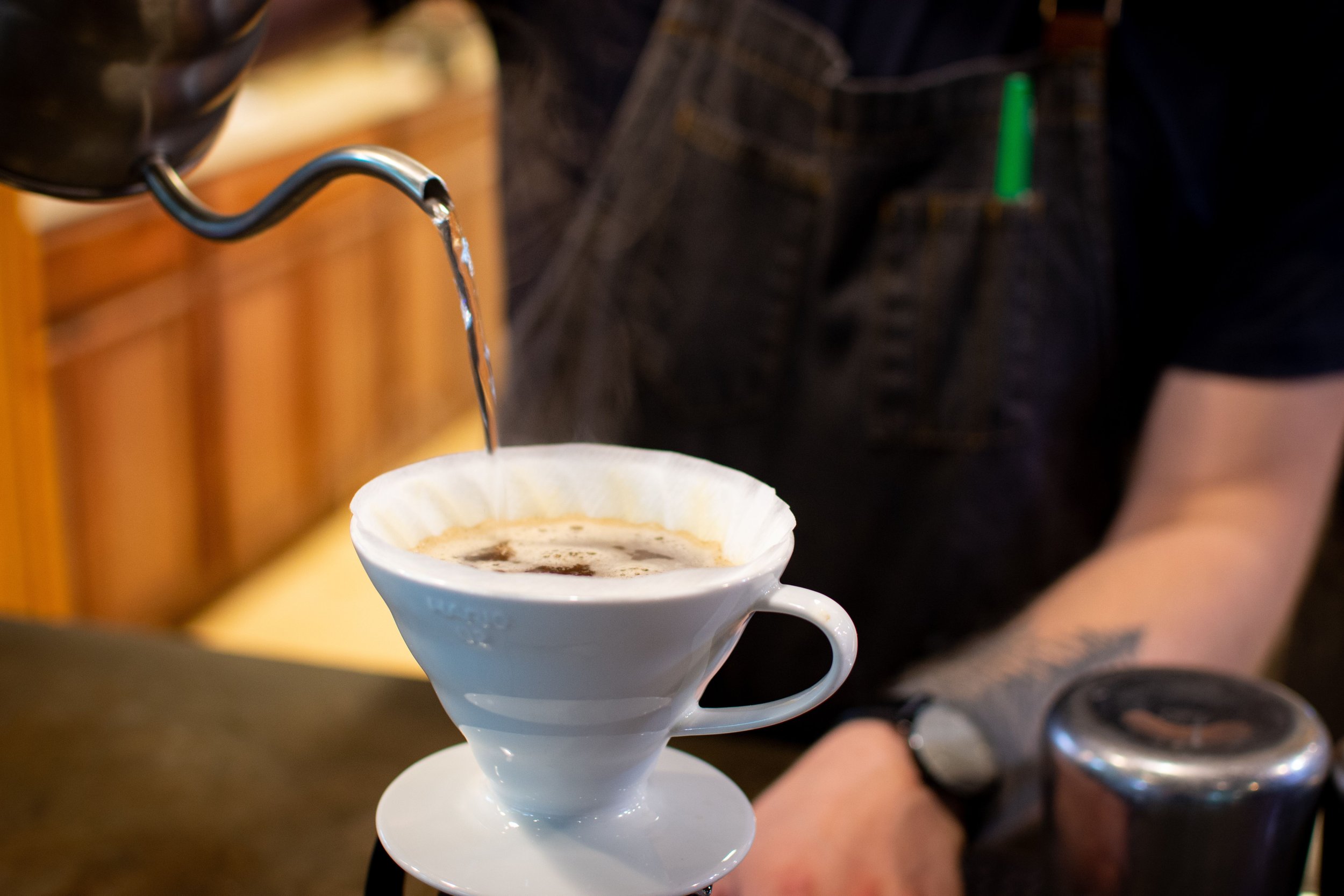Hello everyone and welcome to another edition of For the Love of Coffee, a weekly blog about all things coffee exclusively for the employees of Vienna Coffee.
Our April featured coffee will be our award-winning single origin from our Foothills series - Ethiopian Shantawene.
Coffee was first discovered in Ethiopia and some of the world’s best coffee is still grown there. Shantawene Village is located in the Bensa District of Sidama, Ethiopia. This natural lot is a collection of coffees from the village, produced at the local mill run by the Dukamo Family. In 2006, brothers Asefa and Mulugeta Dukamo founded Daye Bensa, a coffee grower and exporter in Ethiopia. Daye Bensa exports coffee from its farm, in the Shantawene Village, as well as from “out-growers”(or smallholders) in three villages: Shantawene, Karamo, and Bombe.
Their company, Daya Bensa has quickly become the leader in high-quality coffee collection and curation winning them numerous accolades. The mill at Shantawene Village has been especially successful as you will taste in this coffee! Just a couple of years ago they received 7th place in the inaugural 2020 Cup of Excellence competition for Ethiopia.
This beautiful coffee is processed using the Natural Process where the coffee beans are left in the fruit to dry on raised beds. Each lot is carefully hand-sorted to remove any unripe cherries before going to the de-pulper to remove the outer fruit layer of the coffee. This process results in the wonderful fruit-forward flavor and a heavier, more syrupy body.
Here at Vienna Coffee, we roast this single-origin coffee to a Light roast to bring out all of the natural fruity notes while highlighting the sweet acidity. Tasting notes listed on the packaging are Raspberry, Plumb, and Lavender.
This coffee also won a Bronze Medal for Veinna at the 2022 Golden Bean Awards, a national coffee-roasting competition. The coffee won the award in the “Pour Over Filter” category. We will be sure to have something in the cafe pointing to this fact and encourage customers to try the coffee prepared as a pour over.
I hope you all take pride in knowing that every single day you are serving our customers only the highest quality coffees, sourced from farms that take great pride in their product and care deeply about their workers and the natural environment. Take the opportunity this month to try this truly outstanding coffee and please share your thoughts, I would love to hear them!
It’s a GREAT day for coffee!
~Matt~



